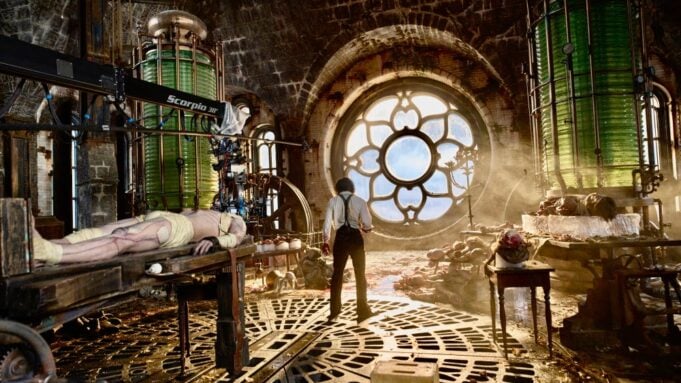Londoners are getting the chance to step into the world of Guillermo del Toro’s “Frankenstein.”
In a fully immersive experience, the “Frankenstein: Crafting a Tale Eternal” exhibit is free to the public and now open through Nov. 9 at The Old Selfridges.
It’s no secret that del Toro has always wanted to bring Mary Shelley’s classic novel to life, and as audiences get to see his vision in theaters this weekend ahead of its Netflix release on Nov. 7, the director and his artisans gave Variety a tour of the exhibit.
“Frankenstein: Crafting a Tale Eternal” showcases Kate Hawley’s costumes, production designer Tamara Deverell and prosthetics artist Mike Hill’s craftsmanship, as well as rare books.
Among the books on display were two editions of Shelley’s novel, including an 1818 copy and an 1853 illustrated version. Recalling reading Shelley’s book, del Toro told Variety, “She asked all the questions philosophical, economic and social that she felt troubled by.”

Love Film & TV?
Get your daily dose of everything happening in music, film and TV in Australia and abroad.

Del Toro set his story against the backdrop of the Crimean War, but also wanted it to have a modern sensibility. Within that, he wanted the film to feel operatic. So, he turned to his most trusted collaborators, including Hawley, with whom he last worked on “Crimson Peak,” Deverell and composer Alexandre Desplat to inject life into “Frankenstein.”
Discussing the costumes, del Toro explained, “Elizabeth’s (Mia Goth) wardrobe represents nature. That’s why she connects with The Creature (Jacob Elordi) She represents the Holy and the natural world. So she’s either dressed in white, which is purity.”
He pointed out that Elizabeth’s blue dress ties her to science, and the embroidery design represents an X-ray. “This is storytelling. It’s not eye candy, it’s eye protein,” he said. “Everything in this movie is full-scale, handmade for humans by humans.” Even the lab explosion was pulled off using practical effects.
Hawley says she and Deverell collaborated closely, and her costumes echoed elements of the architecture and the environment. Red, blue and green were her main color palettes.
With the blue dress inspired by X-rays, Hawley explains the dress was going to be worn during an evening candlelight scene. Within that, she collaborated closely with the film’s cinematographer Dan Lausten to “keep the saturation of blue that Guillermo wanted.” She adds that candlelight often pulls colors out. “So, it took a huge amount of work to play with and how these prints and elements were going to work on different fabrics.
Hawley adds, “At least 60 meters [of fabric were used] in the skirt. That was all evoking the more ethereal nature of Elizabeth. When you first see her, she almost echoes an angel. She’s the angel of all things as well as death.”

On display are some outfits worn by Oscar Isaac’s Victor Frankenstein. He wears rich velvets, which Hawley says are “old and worn.” Among the references del Toro and Hawley discussed was David Bowie. “Oscar mentioned Prince,” adds Hawley. Sculptors and painters, including Damien Hirst, Picasso and Francis Bacon, were influential to Hawley’s designs. She adds that Victor’s looks change to reflect the passage of time as he creates The Creature. “The clothes became more and more broken down, so you know this has been going on for days.”
While the film’s ship, The Horisont, isn’t on display, photos and concept art capture the craftsmanship that went into building the vessel, showing the mighty task ahead.
Deverell consulted with model ship builder Matthew Betts to ensure the historical accuracy of the build. In the end, the ship took six months to build, right down to the skylights, causeways, the steering wheel of the ship, the bell of the ship and its bow which measured over 130 feet long.
Deverell explains, “We did build it on a giant gimbal that actually did the movement when The Creature pushes it.”

Her centerpiece is Frankenstein’s lab where the final stages of The Creature come to effect. Aside from the specially acquired wood that was sanded down to build the science lab tables, Deverell also talked about the motif and circles in the architecture. “One of the first things Guillermo presented was the Medusa in the circle,” she explained. “This circle theme that we have, which we’ll see throughout, you see it in the ship.”

Adds del Toro, “The movie is a circle, and we use a lot of mirrors that are circles. And the circles work as a halo for Victor, because he starts telling the tale like a saint. You think you’re listening to Jesus, and then you realize you are listening to Charlie Manson.”
Composer Desplat knew del Toro wanted to tell the story of Frankenstein and his creature. It was a matter of when. The duo who have collaborated on “The Shape of Water” and “Pinocchio,” began discussing the sound of the film over two years ago. Visitors to the exhibit can sit in a section and watch as Desplat and del Toro discuss the scoring process. The heart of Desplat’s score lies in the sound of The Creature. Says Desplat, “We wanted the soul of the creature to be very delicate and fragile and it would move the audience. So we chose the smallest and more fragile and most beautiful instrument of a violin. This huge creature has a sound which is the pure and beautiful sound of classical instruments.”
Designing The Creature was an intricate process with various stages of its design incarnation on display. The key, Hill says, was to make the creature feel like he had stepped out of the “1800s and not a modern-day creature.”

Elordi spent 10 hours in the makeup chair to fully transform. Notably, The Creature is not made from a standard corpse color. “What we were trying to do was almost put the inside of a human body up on the outside for all to see. That’s why the veins are shown as clear as they are,” Hill says.
The final creature intricately shows how Victor has come together. “You see the patterns where Victor’s taken this apart and put it back on and decided that’s wrong. So he’s making a man for the first time, so he’s not getting entirely correct on the first go. There are a few patchworks, a few mistakes, and this is what this body’s showing. We created this body. So you can literally see him bolting the leg together and extending this man to make him taller than an average human,” says Hill. “What we decided is, if you were going to create a man, you wouldn’t go and get 10 bodies and someone together, what’s the point? You’d get the very best body you can get. And then say, ‘Okay, his hand is damaged in the war, so we have to replace the hand, his foot’s damaged. We have to replace it.”
In all, Elordi’s full body prosthetics used 42 pieces, with 14 pieces on his head and neck. Explaining the design concept and how Victor Frankenstein pieced The Creature together, Hill says, “On the whole, you choose the best body you could find. It just happened to be Jacob Elordi’s body.”

“Frankenstein” by the numbers:
3 days shooting in ice fields of Northern Ontario
23 locations in Canada
32 UK set locations
23 Ontario Set Locations
9 long time del Toro collaborators
119 sets
24 Studio Sets
3178 labour days to build the ship
2830 labour days to build the lab
1200 labour days to build the Tower exterior
6 months to build the ship
15 model sets created
120 construction crew in Canada
24 Set Decorating crew in Canada
1252 Background costumes
53 Stunt costumes
68 unique costumes for main cast
54 prosthetic silicon pieces to create creature
8 people to apply the prosthetics
Prosthetics applied 50 times
10 hours of application for the full body prosthetics





Tickets are free and can be booked via the Selfridges website.
From Variety US































